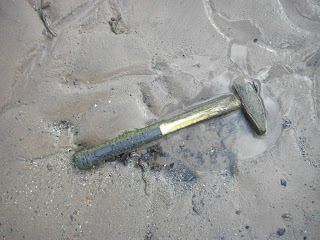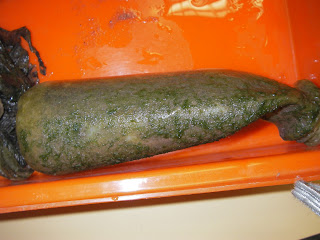Hi guys,
It's been a while I've updated this blog and yes, I have completed this project in April 2011 (4 months ago) and my apologies for not updating the blog! I will upload the findings of my project via Slide Share after getting permission from my supervisors on this matter.Thank you to everyone who has helped me for my project regardless of any forms of contribution. Special thanks to my supervisors Dr. Darren Yeo and Dr. Serena Teo for guiding me along this project. I couldn't ask for better supervisors for this project. Biofouling rules!!!
UROPS (Undergraduate Research Opportunities Programme in Science) offered by my Faculty has opened the window of scientific research for my undergraduate studies although it was only for a brief period of time i.e.January 2011 to April 2011.
As a Life Sciences undergraduate specializing in Environmental Biology and having done UROPS, I hope that my fellow undergrad juniors and young budding scientists alike attempt research regardless the findings of the study being scientific worthy or not. In my opinion, the experience of doing research is more valuable than the end product of it. I recall the days of planning my research methodology, being present in field sites, looking through kilos of debris for signs of life and writing the report during wee hours as being the best parts of my UROPS and undergraduate experience as a whole.
The nature of research is to question and try to find answers. We humans pose so many questions about mother nature but so little actions have we taken to try to answer them (or at least attempt to answer them). E.g. Many people ask themselves "Why leaves are green?' but how many out there tried to look out for answers from literature or even attempt to google this question? I've found my answer to my question "What lives on floating rubbish?"
When will you answer your questions?
Cheers
Rick :)
























































































